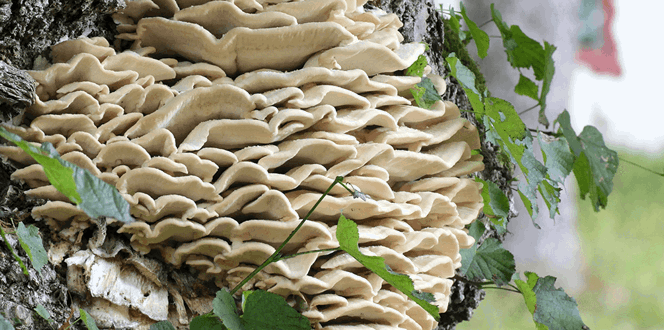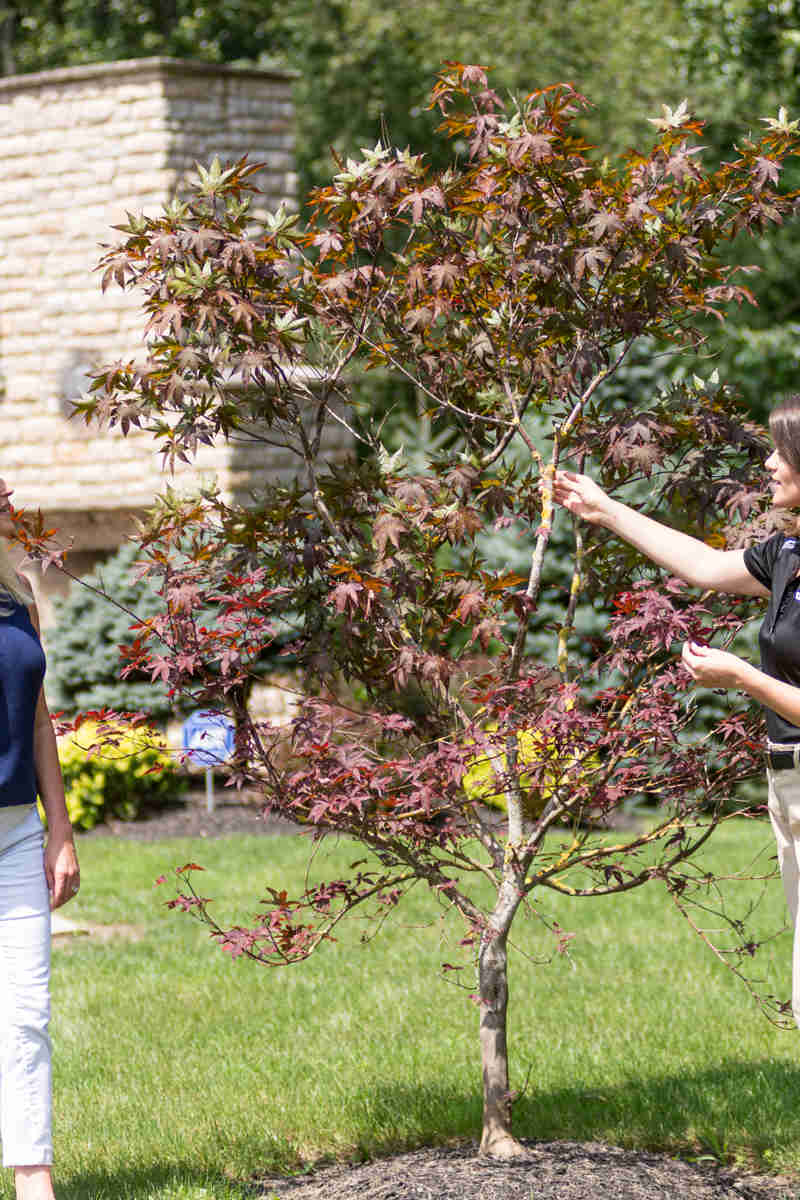Tinder Fungus Description:
Tinder fungus is a fungal species that produce large, porous fruiting bodies that often resemble a horse’s hoof. They vary in color but are most commonly gray, black, or brown. The body can be from 2-17 inches across, 1-10 inches wide, and 1-10 inches tall. The mushroom is woody and hard, with a bumpy, rough upper surface and a cream-colored, porous underside.
Hosts:
This fungus grows on various tree species, but most commonly on hardwoods. In the North, birch trees have been found to be more susceptible, while beech trees are commonly infected in the South.
Biology & Symptoms:
Tinder fungus gets its name for its use to start fires. It is an active ingredient in Amado, which is a material used as tinder. Tinder fungus is a parasitic species that enters a tree through cracked bark or broken branches, causing decay or rot. Infected wood will likely show black lines, which is a common sign of decay. Tinder fungus can remain on its host for years, eventually turning from a parasite to a decomposer once the tree has died. Infected trees may become brittle and susceptible to cracking and falling. In some cases, it may be infecting the tree without showing any symptoms. Spores are produced both in the spring and fall, and the amount produced depends on the surrounding environmental conditions. The spores may be visible as a white, powdery substance.
Prevention & Management:
Because of its parasitic nature, tinder fungus can be a serious problem in landscape trees. There currently are no effective fungicide treatments to combat this fungus, so prevention is crucial. If tinder fungus growths are found, your local arborist should evaluate the tree for soundness as soon as possible. A few ways to help keep your trees free of tinder fungus and other fungal diseases include:
- Avoid injury to plants from lawnmowers, string trimmers, and other common lawn and garden tools.
- Fertilize landscape trees to promote proper nutrient balance in the soil.
- Prune branches that are broken or appear to be damaged or dying to eliminate entry points for fungal diseases.
For more tips on helping your landscape trees thrive, or to have your trees inspected for tinder fungus, consult your local arborist.





